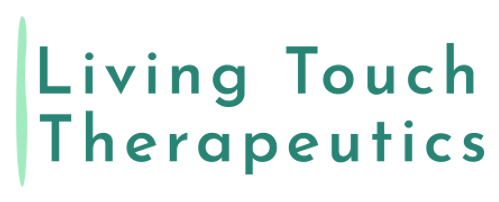She Could Finally Eat a Burger Again
- Benjamin Mishleau
- Nov 3
- 2 min read

Emily was in her late 20s, working long hours at her computer. Like many people her age, she didn’t think much about posture—until her jaw started to pop.
At first it was just a little click when she yawned. Then it began locking, sometimes painfully, especially after long days of sitting or stress. She tried chiropractic care, massage, and various jaw exercises she found online. Nothing lasted.
When she came in for Adhesion Release work, we noticed something right away—her posture was slumped, shoulders rounded, and her head was sitting forward on her neck. As we started improving her posture, something interesting happened: the more balanced her posture became, the less her jaw popped.
What We Found
The jaw doesn’t work in isolation—it’s part of a chain that runs from the feet to the skull. When posture collapses forward, the neck and jaw have to compensate. Over time, the TMJ (temporomandibular joint) starts to bear more stress than it was built for.
In Emily’s case, we found adhesion throughout her body that was contributing to the strain:
Adhesion in the neck and upper back locking the base of the skull forward
Restriction through the masseter and pterygoid muscles, reducing the jaw’s smooth glide
Tightness in the thoracic and shoulder stabilizers, pulling her head into that “slumped” position that loaded the jaw
When adhesion binds tissues together, it limits normal motion and transfers stress into the joints and discs. In the TMJ, that means the disc between the jaw and skull can’t move freely—it clicks, pops, and sometimes even locks. Nerves in the area can become irritated, adding pain or tightness in the temples, cheeks, or even the neck.
By releasing those layers of adhesion—not just in her jaw, but all along her postural chain—Emily’s movement became more balanced. Her jaw opened smoothly, her neck felt lighter, and she could finally relax her face without fear of that painful pop.
Now, she jokes that she’s “not scared to eat a burger anymore.”
TMJ Pain Is More Than a Jaw Problem
TMJ issues often come from hidden restrictions—not damage. When the muscles and fascia around the jaw, neck, or upper back lose their ability to glide, it creates uneven tension and pressure inside the joint. That’s why standard approaches often fall short: they focus only on the jaw, not the system it’s connected to.
Adhesion Release Methods look at the body as one integrated unit. By restoring normal motion and removing mechanical stress, we help the jaw—and everything it connects to—work the way it was meant to.
📅 Book a consult today to see if Adhesion Release Methods could help with your TMJ pain and posture. Relief might be closer than you think.





Comments